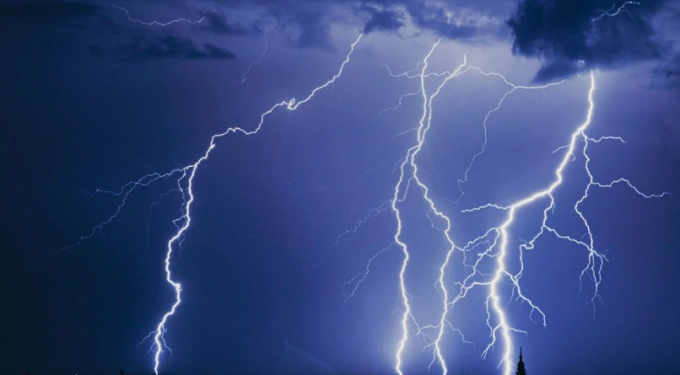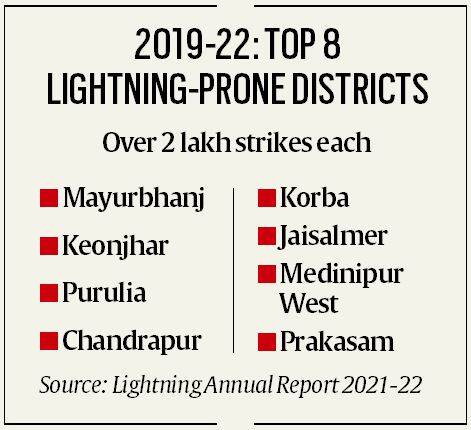Free Courses Sale ends Soon, Get It Now


Free Courses Sale ends Soon, Get It Now



Disclaimer: Copyright infringement not intended.
Context
What is lightning?
Mechanism
Which areas are lightning-prone?

Impact of lightning
Concerns
Steps needed to be taken by the Government
https://indianexpress.com/article/explained/explained-lightning-strikes-kills-precautions-7979880/
© 2024 iasgyan. All right reserved